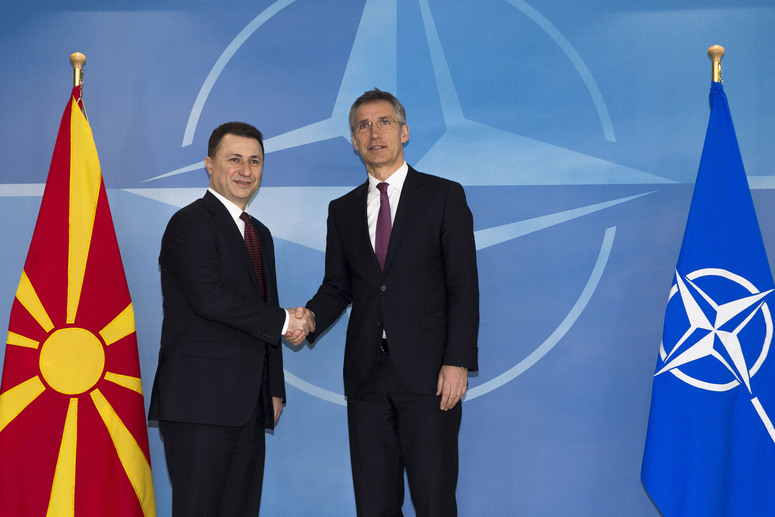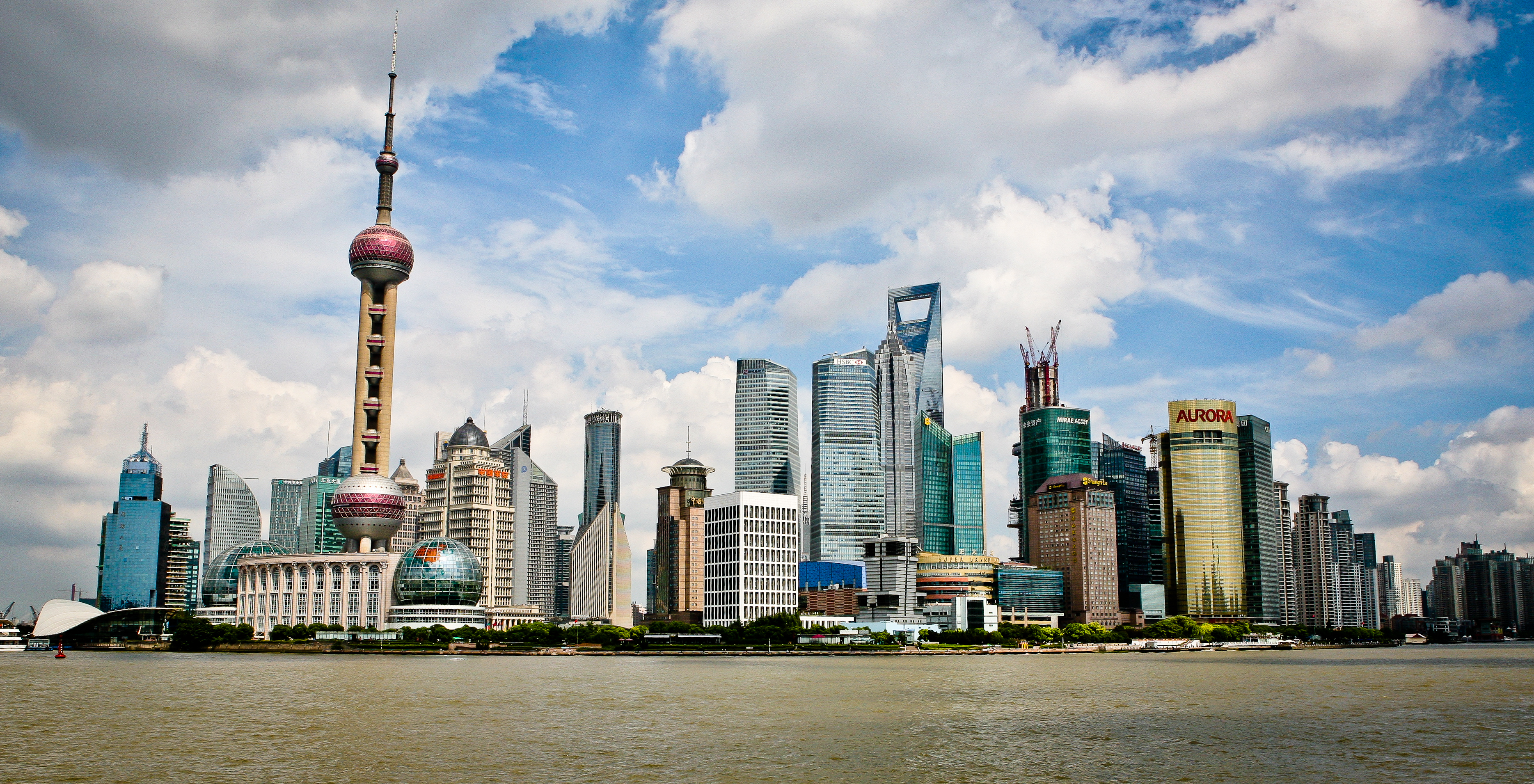“For centuries, Europe’s borders shifted widely and frequently, only relatively recently settling into what we see today, in which most large ethnic groups have a country of their own.”
This statement illustrates a common conception about the static nature of national borders. However, a closer inspection of the expansion of the EU’s influence and examination of European history draws the validity of this statement into question.
The evolution of Europe’s borders
Historically, Europe’s borders have evolved due to fluctuations in political, cultural and religious demographics and dimensions. Europe is a continent that is subdivided by various ethnic, cultural, social and religious issues while being bordered by Asia and Africa. Issues such as these have always been at the heart of conflicts throughout the history of Europe. War and conflict over land have created the divisions within Europe that still exist today, which have continually reinforced the notion of Europe’s geographical limitations.
While Western Europe has maintained static borders since World War Two, Eastern Europe has not. This has become an even more contentious issue since the early 20th century. The Second Word War resulted in the physical borders of countries changing under the Third Reich. After this, Eastern Europe was consumed and severely compromised by the Soviet Union. Soviet control spread as far in Eurasia as countries such as Afghanistan. Since the collapse of the USSR, many countries have re-established their independence, and the geographical area of the former Soviet Union is still changing today. On-going border conflicts include disputes over Nagorno-Karabakh by Armenia and Azerbaijan and the status of South Ossetia between Georgia and Russia.
An area which has become a major problem for the EU is the Mediterranean region. Here, there are territorial disputes such as that of the Gaza strip, hotly contested between Palestine and Israel, leading to perpetual conflict and regional tensions. As the EU is a major international actor, it has no option but to take notice of these issues. As a consequence, Europe’s geographical boundaries and political influence have spread. Further examples of problems within the Mediterranean region in which the EU has been active include the Arab Spring uprisings in countries such as Libya, Egypt and Syria.
European Neighbourhood Policy
Efforts have been made to strengthen relations between the EU and its neighbours. One such initiative is the European Neighbourhood Policy launched in 2004. The European Commission states that “The European Neighbourhood Policy (ENP) is all about working together with states that share a land or sea border with the EU to increase the prosperity, stability and security of the EU’s neighbours in Eastern Europe, the South Caucasus, and the shore of the Mediterranean.”
In the Mediterranean, the ENP covers Algeria, Egypt, Israel, Jordan, Lebanon, Libya Morocco, the Palestinian territory, Syria, and Tunisia. This policy reinforces the Euro-Mediterranean Partnership, while using all of its institutions and mechanisms. The Euro-Mediterranean Partnership (also known as the Barcelona Process) was established in 1995 “to strengthen its relations with the countries in the Mashriq and Maghreb regions.” With the EU’s enlargement in 2004, two more countries joined this partnership – Greece and Cyprus. Today, the Euro-Mediterranean Partnership comprises of 44 members, of which 27 are in the EU, in addition to 17 partner countries.
The membership debate
There are debates within the EU about whether certain Mediterranean countries should be admitted as members, such as Turkey and Sweden. Also the fact that Turkey has the second largest military force in NATO is a mitigating factor. However, powerful EU member states such as France and Germany are against this proposal; France in particular is anxious at the prospect of a new wave of Muslim immigrants, given the country’s already large and poorly integrated Muslim community. Similarly, nations like Germany note that human rights issues have been a problem for Turkey in relation to its accession into the EU.
In an opinion poll in 2007, 59% of the EU-27 citizens were against Turkey joining the EU and nearly of all those countries expressed concerns over human rights. Many also believe that a large Muslim country joining would ruin the structure of the EU. Member states believe that its values are incompatible with that of the European Union. Many also fear that once Turkey joins there could be a domino effect and countries such as Iran and Iraq would eventually be considered.
Russia is not a part of the European Neighbourhood Policy, as it did not want to be considered a ‘junior member’ to the EU. However, it did enter into the Partnership and Co-operation Agreement with the EU in December 1997. Within this accord, the Four Common Spaces were established for political, economic, and cultural relations between Russia and the EU. It is primarily concerned with promoting trade, investment, and harmonious economic relations. Russian exports to the EU have very few restrictions, except for the steel sector. Before Russia’s invasion of Ukraine in 2014, the EU was a strong supporter of Russia’s World Trade Organization (WTO) membership. Russia’s accession into the WTO was a major boost for the development of the economic relationship between the two. It would also have prevented Russia from adopting unilateral tariff hikes as has been the case in the past. However, due to ongoing problems with Ukraine (largely instigated by an aggressive Russian foreign policy), the EU has placed economic sanctions on Russia.
So where is Europe exactly?
No definitive answer can be given on Europe’s geographical limitations at the moment. Since the establishment of the EU, Europe has only continued to expand and become more prominent as an international actor. Europe can be considered more integrated now than it ever was before. It is heavily involved in solving regional disputes, while forming and also improving relationships with countries in nearby regions. European territorial expansion will continue to progress due to the continued, prominent role the EU plays on an international scale.
Currently the migrant crisis, has significantly affected border fluidity. Border control is at high security, which symbolises the reversion to more concrete borders between countries. Although this jeopardises the principal of free movement, it may not hinder the expansion of European regional influence.




